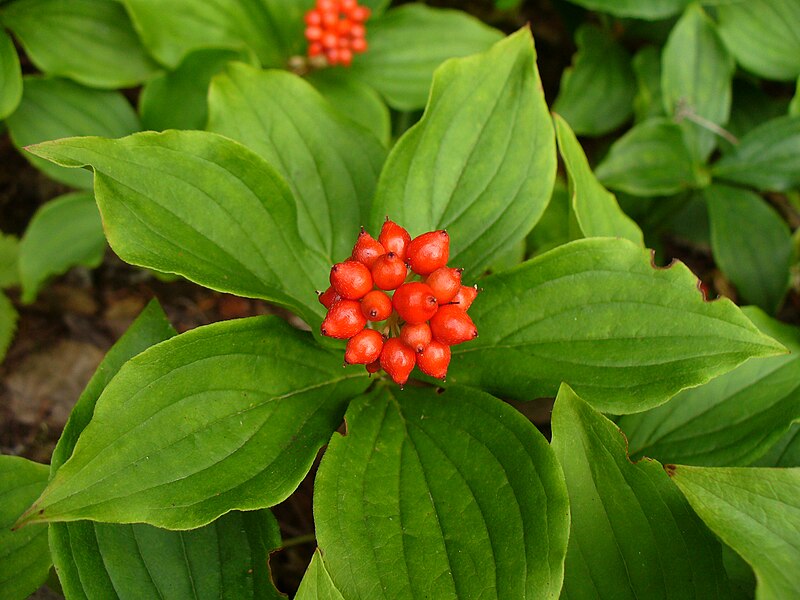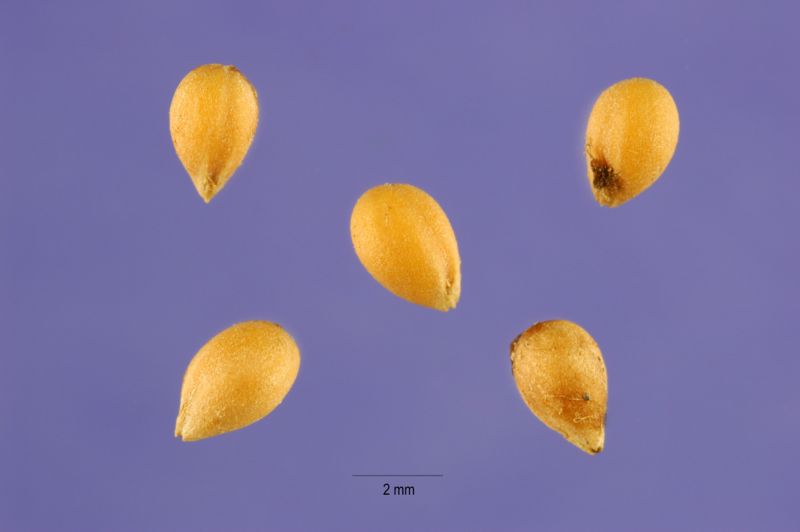Canadian Bunchberry Identification – Cornus canadensis
Heads up
Exploring the wilderness, you might stumble across the Canadian Bunchberry, a plant known scientifically as Cornus canadensis. You might hear some people calling it the Bunchberry Dogwood or Creeping Dogwood too. The Canadian Bunchberry belongs to the Cornaceae family, which is the Dogwood family. If you’ve ever heard of the Dogwood trees, then you’re already familiar with this family. The Bunchberry thrives in acidic soils, often found in cool, moist woods and bogs.
Canadian Bunchberry: Key Parts in Photos




How to identify Canadian Bunchberry
One of the first things you might notice about the Bunchberry is its flower. There’s a central cluster of tiny greenish to creamy white flowers. These little flowers have a tiny stalk, 4 creamy yellow stamens, and a reddish-brown style in the center. Around this cluster, you’ll find four large white bracts. The whole cluster, with its bracts and central flowers, is up to 1 inch across and sits atop the stem.
Just below this flower-like cluster, you’ll see leaves. On the Bunchberry, you might find 4 or 6 leaves in a whorl, depending on the plant. These leaves are broadly shaped like diamonds or ovals. They don’t have any serrated edges. Sometimes the edges might seem a bit wavy. As for the stem, it’s straight and doesn’t branch out. This stem comes from a rhizome, which is a type of underground stem that creeps along beneath the surface.
The Bunchberry fruit is called a drupe. This drupe is round and quite small. Over time, this drupe ripens to a vivid red color. If you ever come across a Bunchberry in its fruiting stage, you’re in for a visual treat!
